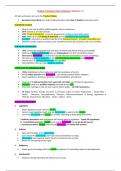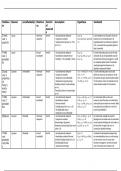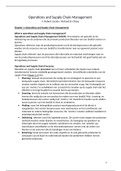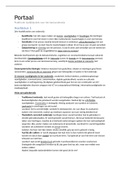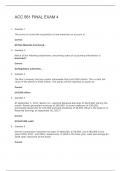Resume
Summary CIPP/E Revision Notes
- Cours
- Établissement
A complete summary of all the information needed for the 2023 CIPP/E exam. Compiled from the European Data Protection Law & Practice textbook, EDPB guidelines and background reading. Used to obtain an overall score across all three sections of 98.7%.
[Montrer plus]
